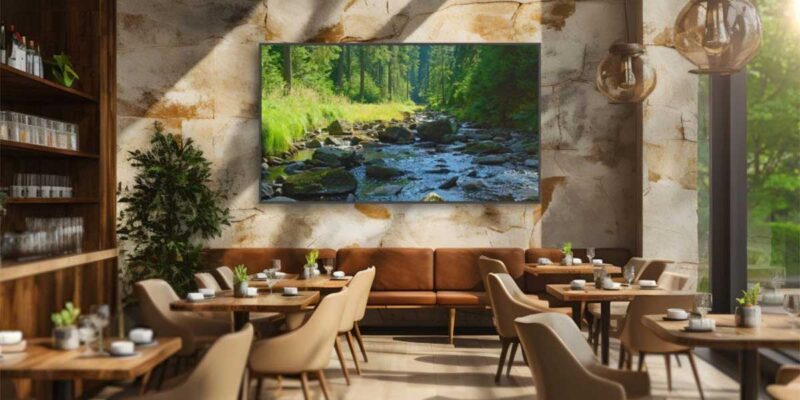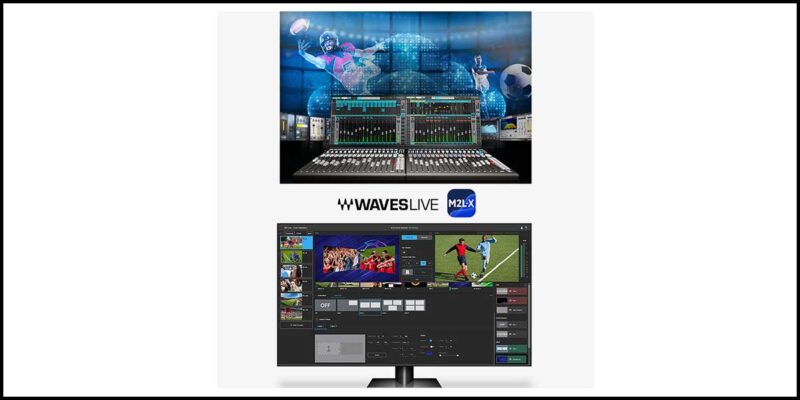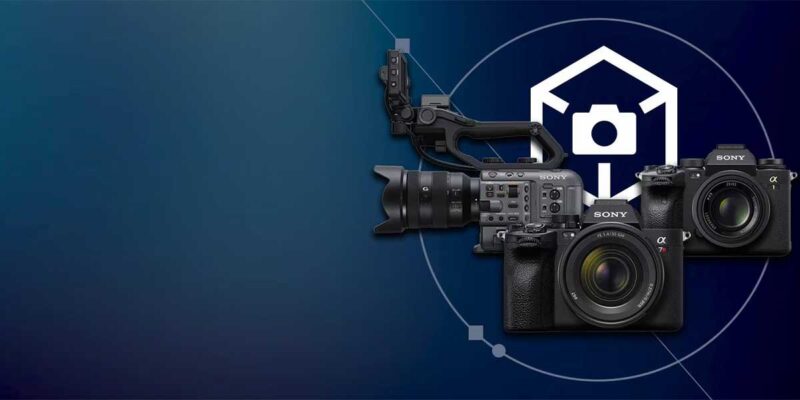Have You Noticed Sony’s New Laser Technology? Eventually, You Will…
When it was first launched at InfoComm, there was, to be frank, very little fanfare surrounding Sony’s new VPL-FHZ55 – the industry’s first (and still only) 100 percent laser-based light sourced projector.
We noticed, however, and even put it on stop #4 on our coveted InfoComm Top-10 Tour. We saw it as a game-changer (remember I said this — right here, right now, in this article).
Why?
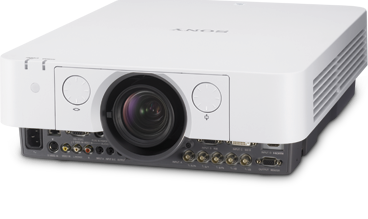 Well, Sony VPL-FHZ55 is, in fact, 100 percent laser-based light- not a hybrid LED/Laser light source (like that of the Casio, ViewSonic, Panasonic type). There’s an actual blue laser inside the projector. More accurately, there’s a stacked array (the exact number is trade secret) of diode-based lasers. Since it’s solid-state technology, manufacturing is simple, quick, consistent and offers high-yields of quality laser arrays – with a 20,000 lamp life rating. That makes it last longer than 90% of users will ever need the projector to last – without ever changing a lamp.
Well, Sony VPL-FHZ55 is, in fact, 100 percent laser-based light- not a hybrid LED/Laser light source (like that of the Casio, ViewSonic, Panasonic type). There’s an actual blue laser inside the projector. More accurately, there’s a stacked array (the exact number is trade secret) of diode-based lasers. Since it’s solid-state technology, manufacturing is simple, quick, consistent and offers high-yields of quality laser arrays – with a 20,000 lamp life rating. That makes it last longer than 90% of users will ever need the projector to last – without ever changing a lamp.
So, how do they get red and green? Simple, they took a page from the DLP book (sort of) and have a color-wheel that spins in front of the light source – but, that’s where the similarity stops. This color wheel isn’t coated or painted with an artificial color segment or two. It’s actually a phosphor-based color wheel. And, since phosphor is a natural element that’s mined in places like Africa and Australia, it has a defined color temperature that, when mixed with the blue laser, it produces pure, natural white light (at 6500 K). For those of you who are AV old-timers like me, you’ll remember the importance of D65 (or 6500 Kelvin) from the CRT-projector and monitor days that made the imaging and colorimetry “bar” that every single LCD, LED and DLP-based projector strives for – in fact, many of them still compare their color reproduction to that of CRT; some 12 years after the last CRT projector was manufactured.
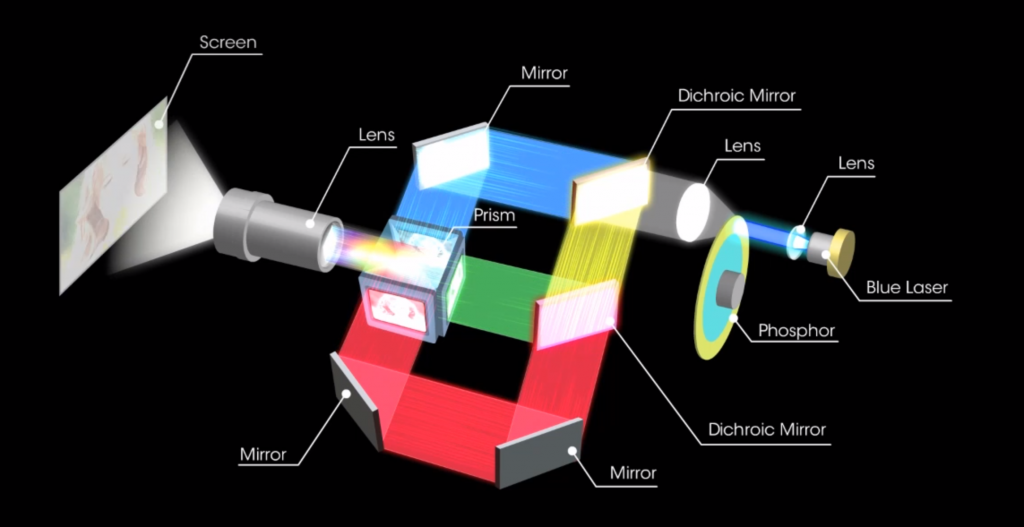
The combination of the blue laser throwing intense light through a phosphor color-wheel makes for the whitest white-point of any solid-state of LCD projector lamp technology on the market today. And, by they way, the only reason the phosphor wheel is spinning is to cool it – but, it also means the image can’t be burned in.
Watch this quick 10-second video on how the laser is used inside the VPL-FHZ55:
So, why isn’t everyone using laser?
Well, this is all brand-new technology. Sony is pioneering it, quite honestly. But, in case you didn’t know, both Christie and Barco have announced laser-based projectors (both using individual red, green and blue lasers) and you will see projectors from them in 2014. But, for now, Sony’s the lone provider. And, there are some other major advantages. One, no fan — no need — nothing to cool. Second, projection orientation — you can mount the projector to display an image in landscape or portrait modes and light and color tracking is identical when multiple projectors are integrated and turned on and off together — well over 99 percent accuracy. Light dissipation over time is almost identical between projectors — so you’ll likely see a lot of these going in multi-projection applications like video walls and command and control centers.
Oh, as for all those myths about laser projection: wrong. Nada. None of them are true. You can look into a laser projector’s lens and not go blind, it’s not hot and it won’t burn a hole into something. In actuality, after you get past the phosphor wheel, it’s identical to nearly all the other Sony 3LCD projectors. The light is polarized, thrown through Dichroic mirrors that split the white light into red, green and blue and then bounces off three mirrors (yes, one for red, one for green and one for blue) and then into an LCD prism block and out the lens. In fact, lasers have some interesting advantages that virtually no other technology has like a 360-degree mounting design (it can literally be mounted at any angle), zero-light leakage video mute and a 100 percent mercury-free design.
Sony’s video on the new VPL-FHZ55 is, well, lacking in excitement, but it does a good job explaining how the technology works AND the features and benefits of the projector itself:
Although Sony’s lone laser projector is the VPL-FHZ55, a 4,000-lumen, 1920×1200 resolution box, Sony’s promised that at InfoComm it will debut a line-up with various resolutions and light outputs — so the applications where laser appears will vastly increase nearly overnight.
So, you may not be using lasers yet, but you will be.



